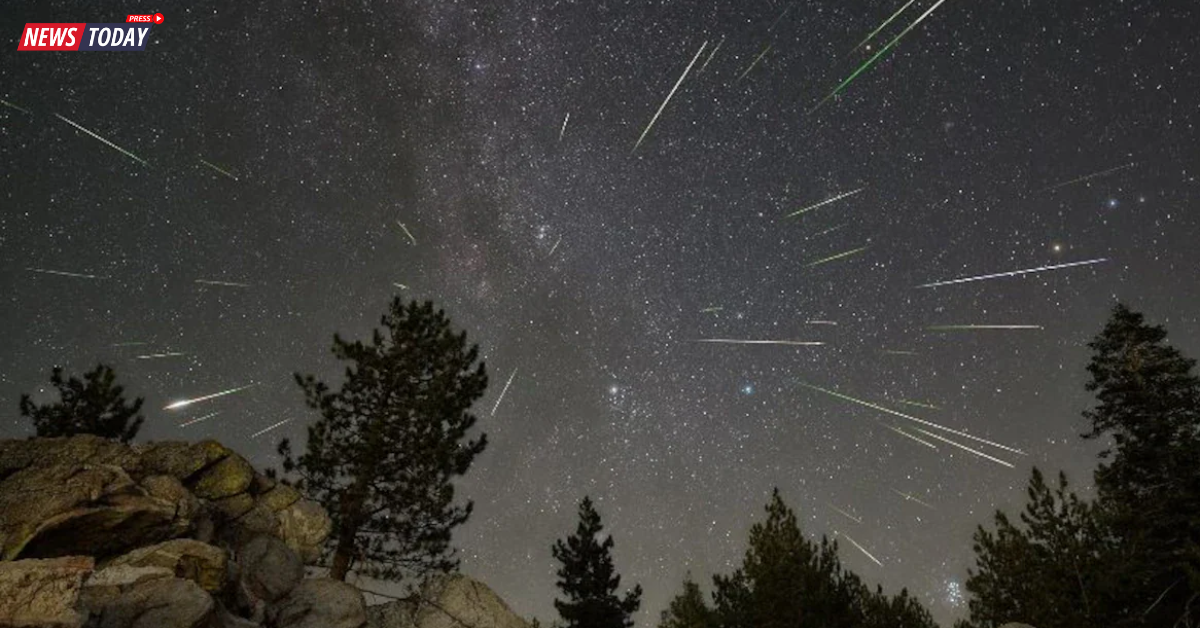NASA’s asteroid deflection mission could soon produce the first human-made meteor shower, known as the Dimorphites. Following a 2022 impact on the asteroid Dimorphous, scientists predict that debris from the mission might collide with Earth, creating a meteor shower visible around May 2037.
Dr. Eloy Pena-Asensio from the Polytechnic University of Milan revealed that meteor-producing particles could also reach Mars within 7 to 13 years, depending on their velocity. The mission, which involved crashing a $325 million spacecraft, aimed to test planetary defense techniques. Though early results suggest the mission was successful, it is anticipated that only smaller debris will reach Earth.
The historic Dart (Double Asteroid Redirection Test) mission was the first to attempt altering a celestial body’s trajectory, offering a potential strategy for protecting Earth from future asteroid threats. Meteor showers typically occur when Earth passes through comet debris, but this will mark a unique case of human-induced space debris.






